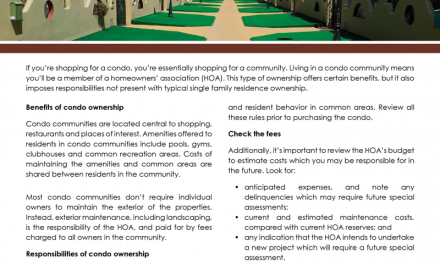New residential construction starts in the San Diego metropolitan area are far behind the rest of Southern California. 4,900 residential permits were issued in the first six months of 2017, down about 10% from 5,400 housing units started by the same time last year.
While this latest data is more optimistic than projections from earlier in the year, neither multi-family nor single family residence (SFR) starts have recovered 2016’s momentum. This is especially troubling given that nearly every other county in Southern California has had an increase in residential permits since 2016.
It’s difficult to reconcile this image of San Diego with the region’s economic progress. Job growth has been massive, and home prices in the area continue to skyrocket, both of which signal high demand, especially for mid- and low-tier housing. In a situation like this, builders ought to be taking advantage of high demand, jumping on the opportunity to build more housing — especially in the low and mid tier where demand is concentrated. But that’s simply not happening.
In fact, the majority of homes for sale in California — about 45 percent as of January 2017 — are valued in the high tier, creating a problematic shortage of housing available to lower-income buyers. In San Diego, the number is even higher. Almost half of homes for sale in August were high-tier homes, according to data from Zillow. This means that nearly half the homes in the area are out of reach for low-income earners.
Related article:
In light of the high demand for lower-tier housing, what gives?
Causes and solutions
Quite a few factors might contribute to the downturn in San Diego homebuilding, according to a report by the San Diego Union-Tribune, including:
- an anticipated slowdown of rent appreciation;
- a lack of buildable land; and
- community opposition to new construction.
For one thing, the cost of construction is rising faster than rental revenue, making it less appealing to construct rental property and thereby leading to a shortage of multi-family residences.
And while each of these variables independently affects the construction slump in the region, many of them are tied up in excessively regulated zoning. In metropolitan areas like San Diego, zoning restrictions often prevent builders from constructing enough mid- or low-tier housing which can accommodate low- and moderate-income homebuyers.
By no means is this an insurmountable situation. The California legislature recently passed a number of bills aimed at overhauling local zoning codes to increase housing density, specifically for low-income buyers, and to streamline construction of new housing. This loosening of zoning restrictions is likely to alleviate the San Diego slump, opening the housing market to meet the current demand.
However, explicit government intervention isn’t the only fix. Tactics like graduated zoning changes incentivize builders to construct lower-tier housing. Graduated zoning in particular is a slower solution, but can be more effective in the end.
San Diego needs a way to ease the pressure of the housing shortage, and if zoning restrictions are the problem, zoning changes are the answer. And if you’re worried about the effects of the housing slump, attend a local city council meeting to discuss proposed solutions — it’s a great way to make sure your community is changing and evolving in a positive way.


















